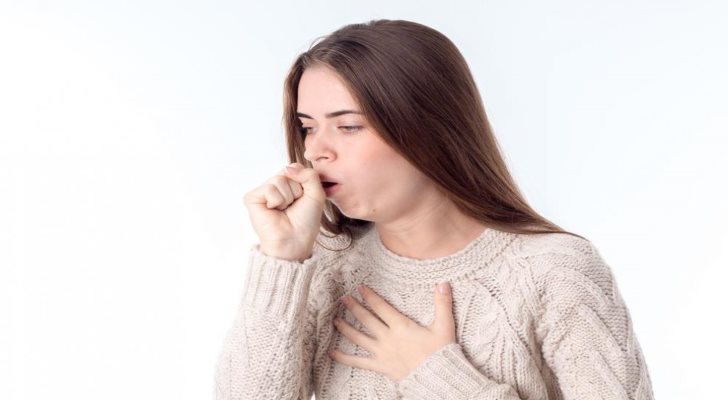
Persistent coughing without a clear short-term illness has been described in research on chronic obstructive pulmonary disease (COPD). Individuals may experience a recurring cough that can be dry or produce thick mucus. The color of the mucus may vary. Coughing episodes can occur even without fever and are sometimes mistaken for a lingering cold.

Recurrent episodes of respiratory discomfort have been noted. People with COPD may experience repeated symptoms similar to cold or flu that tend to persist longer than expected. Research links this to increased sensitivity of the respiratory system. Seasonal factors, such as winter air, are also mentioned in studies as possible contributors.

Frequent throat clearing is another described observation. It may appear as an ongoing urge to clear the throat, often mistaken for minor irritation or a seasonal cold. Published materials mention that this sign can persist over time and may warrant professional evaluation to determine its cause.

Shortness of breath or the feeling of limited air intake has been reported among people with COPD. Some individuals describe it as pressure in the chest or difficulty taking a deep breath. Studies note that this differs from asthma and may become noticeable during physical effort or rest.

Reduced appetite has been mentioned in clinical literature. People may report eating less or feeling full quickly. Breathing discomfort can influence meal habits, and some individuals describe changes in taste or reduced enjoyment of food.

Difficulty resting or sleeping comfortably has been observed. Some individuals report waking up due to breathlessness or discomfort while lying down. Research notes that breathing patterns can change during sleep, leading to disrupted rest.

Changes in chest shape or size have been mentioned in long-term COPD observations. People may notice that clothing fits differently, especially around the chest area. This sign is discussed in medical literature as potentially overlapping with other conditions.

Wheezing or whistling sounds while breathing are commonly described. These sounds may be noticeable to the individual or others nearby. They result from airflow changes in narrowed airways and can vary in loudness or frequency.

Morning headaches are sometimes reported in connection with COPD-related breathing changes. Research mentions that limited airflow during sleep can contribute to a feeling of heaviness or discomfort upon waking. Studies often discuss this symptom along with other sleep-related breathing disturbances.

Fingertip thickening, known in medical literature as clubbing, has been observed in some cases of chronic lung conditions. The fingertips may appear rounder or softer at the nail bed. This sign is typically mentioned as one of several physical findings noted in long-term respiratory studies.
Learn more about chronic obstructive pulmonary disease (COPD) at MedlinePlus.

